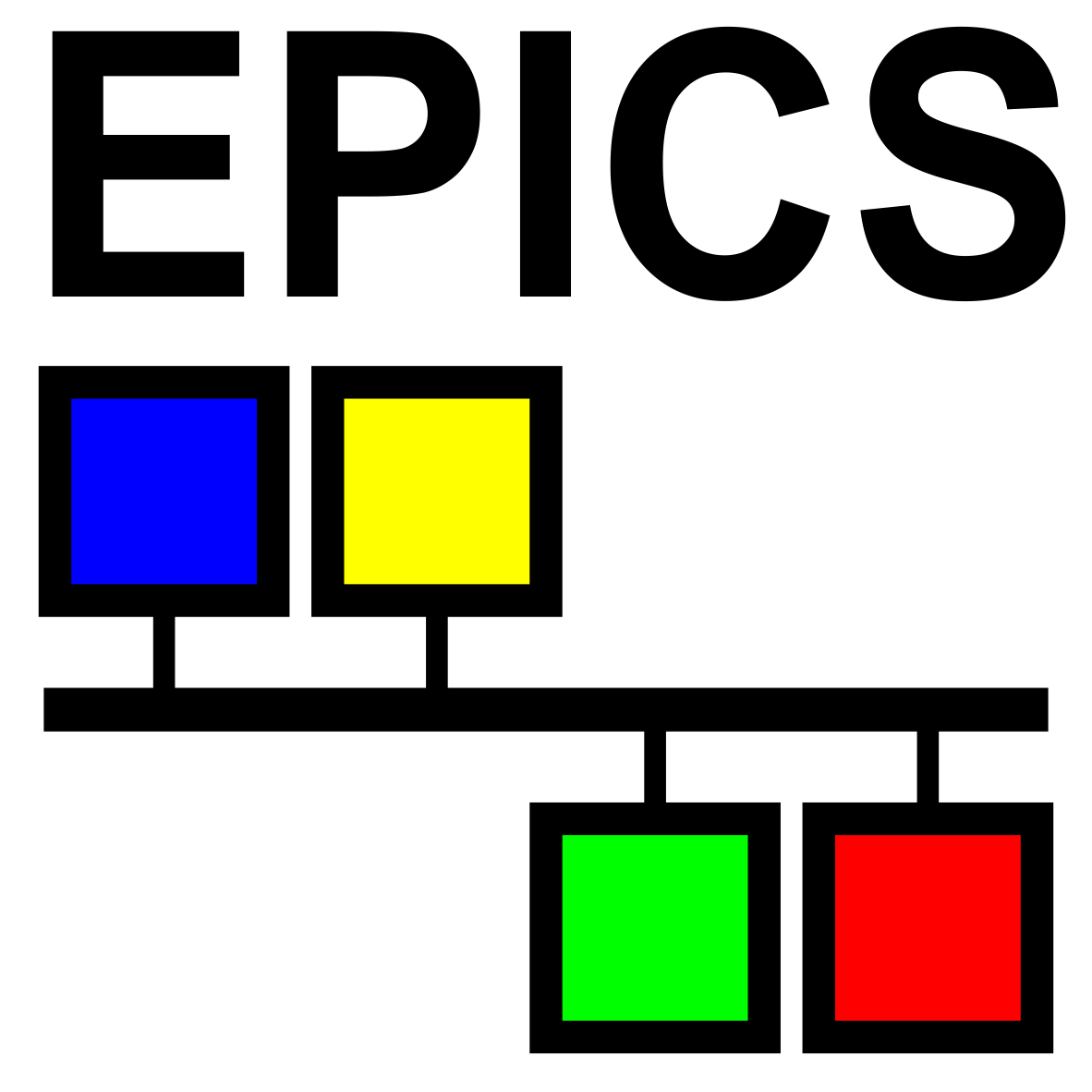EPICS
| Developer(s) | Free software community |
|---|---|
| Initial release | January 19, 1994 |
| Stable release |
3.14.12.5 / March 24, 2015
|
| Repository | code |
| Operating system | Cross-platform |
| Type | Open Source |
| License | EPICS Open License |
| Website | www |
The Experimental Physics and Industrial Control System (EPICS) is a software environment used to develop and implement distributed control systems to operate devices such as particle accelerators, telescopes and other large experiments. EPICS also provides SCADA capabilities. The tool is designed to help develop systems which often feature large numbers of networked computers providing control and feedback.
EPICS uses client/server and publish/subscribe techniques to communicate between the various computers. One set of computers (the servers or input/output controllers), collect experiment and control data in real-time using the measurement instruments attached to it. This information is given to another set of computers (the clients) using the Channel Access (CA) network protocol. CA is a high bandwidth networking protocol, which is well suited to soft real-time applications such as scientific experiments.
EPICS interfaces to the real world with IOCs (Input Output Controllers) . These are either stock-standard PCs, VME, or MicroTCA standard embedded system processors that manage a variety of "plug and play" modules (GPIB, RS-232, IP Carrier etc.) which interface to control system instruments (oscilloscopes, network analyzers) and devices (motors, thermocouples, switches, etc.). Some instruments also can come with EPICS already embedded within them, like certain Oscilloscopes . The IOC holds and runs a database of 'records' which represent either devices or aspects of the devices to be controlled. IOC software used for hard-real-time normally use RTEMS or VxWorks, though work has been ongoing in porting to other systems. Soft real-time IOC software sometimes runs on Linux or Microsoft Windows based machines.
...
Wikipedia

